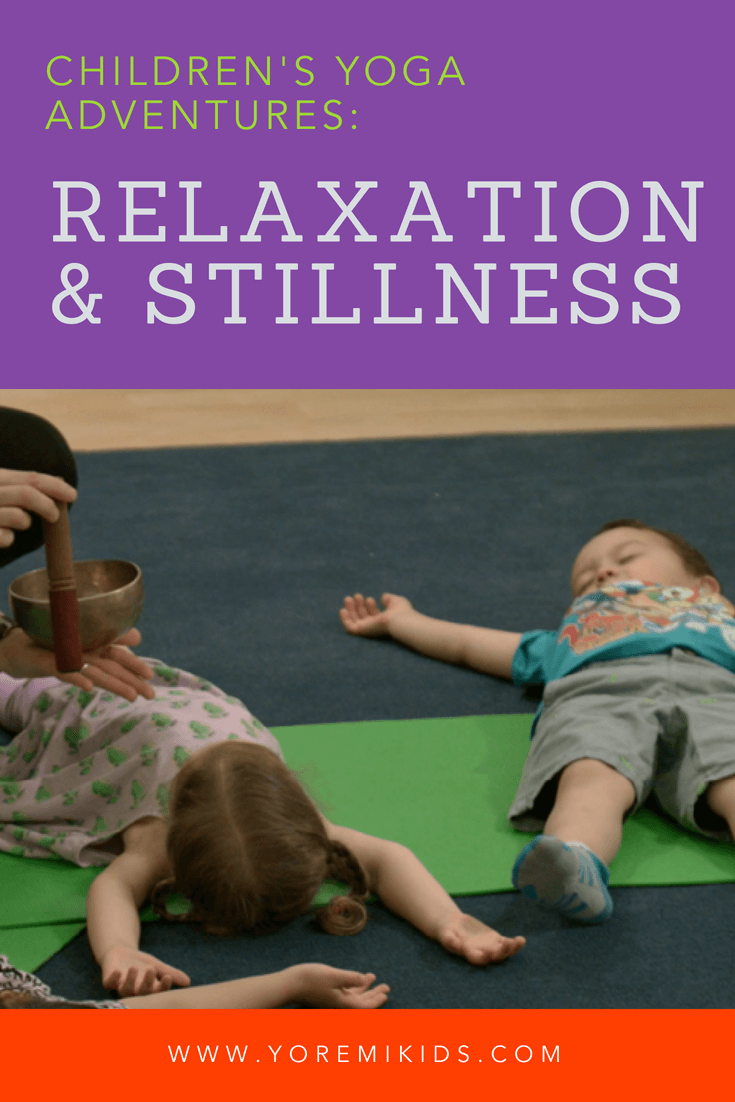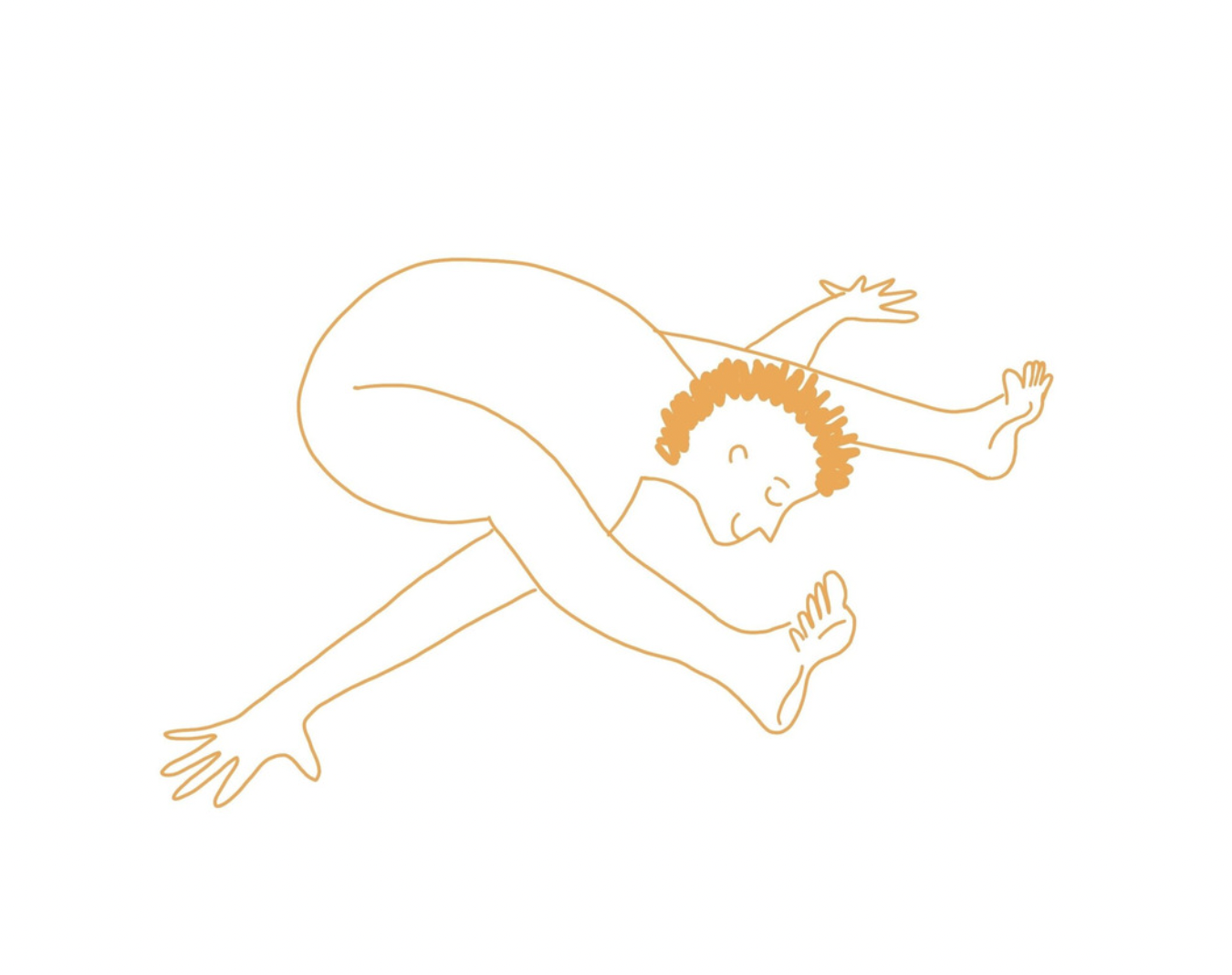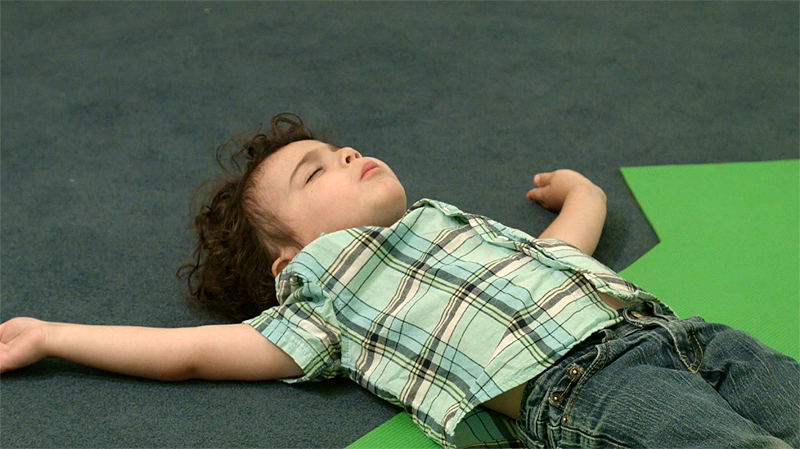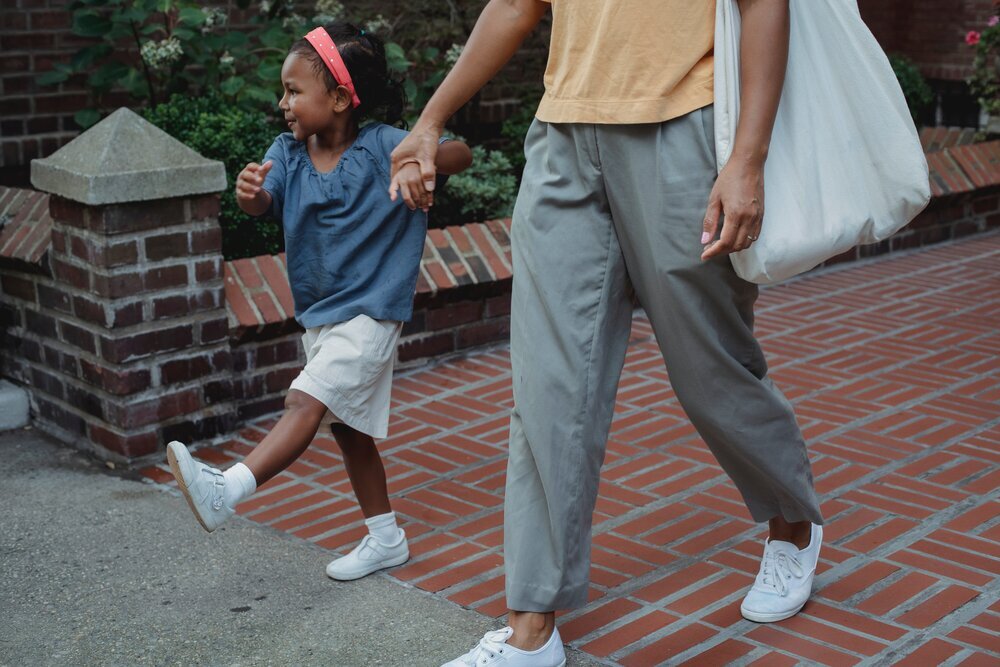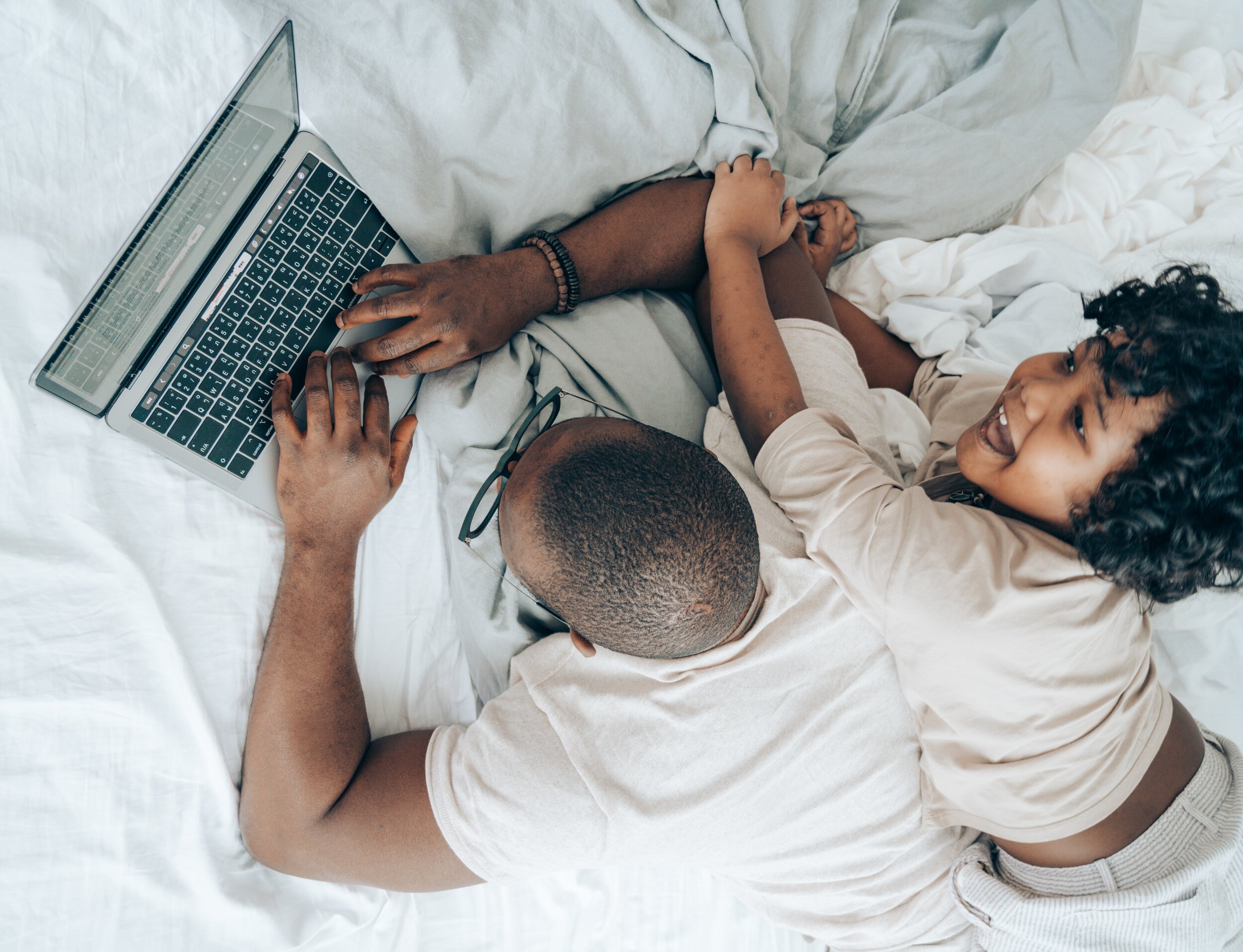Stillness Meditation: Tips for Insomnia and Restlessness
For many children and adults, relaxation may become the most cherished part of their yoga experience. And it's no wonder! Our lives are very full and sometimes it feels our days are spent simply moving from task to activity to appointment without a break.
Children are often over scheduled, over stimulated and overwhelmed, and then carry that pattern all the way into adulthood. The more we practice relaxation, we may find more opportunities for stillness throughout our day and be able to calm our bodies and minds more efficiently.
In Yo Re Mi, we welcome the end of our yoga adventures as an opportunity to transition into relaxation, stillness and reflection. It is one of our favorite ways to help children achieve calm and offers tools to help reach relaxation even when battling insomnia/sleeplessness or anxiety.
After an energizing class that engages and works the whole body and mind, for instance, even children who are not prone to stillness can feel ready to drop into a resting pose.
What is stillness meditation?
Stillness meditation uses relaxation of the body to quiet and calm the mind. It is a great way to release physical tension and destress.
How to relax and achieve stillness if you struggle with anxiety or insomnia
Most of us are not very good at relaxing. For adults and children that struggle with insomnia or anxiety, even the thought of a long period of stillness may cause some discomfort. If this is you, or if you are working with young children, the key is to start slow and create opportunities for little victories.
1. Start with shorter meditations
Don't attempt to sit in meditation for 20 minutes, try 2 minutes instead! Find calm, inner peace, focus and relaxation with our "I Am Calm Now" activity, to help you begin that wind-down before relaxing in two minutes of stillness.
2. Use visualizations to soothe a busy mind
When your mind loudly starts to run through your to-do list or rehash a conversation, give it something else to do. You may try visualizing yourself in a safe and comforting place outdoors—a secret garden, your own private tropical island, a field of wildflowers.
Allow your safe place to evolve and grow more detailed with each visit. The more you practice, the easier it will be to access peace and calm in meditative stillness.
3. Release body tension with breathing exercises
Visualizations may not work for everyone. Or they may work better in combination with breathing exercises and poses that relieve physical tension and discomfort.
Read more tips in our post “Top 3 Ways to Transition Children to Relaxation”. Different tools may work better depending on stress level, energy level and time of day.
For some, taking 5 deep breaths can help you wind down, while for others relaxed breathing while laying down works better.
4. Use a breathing buddy to quiet the mind
One of the best ways to practice stillness is laying down (think savasana). But if your mind has trouble focusing and is causing tension in the body, try using a breathing buddy to assist. This is an easy way to communication breathing practices to children too (learn more in our children’s yoga training).
Try this: Reclined Tighten & Release
Lie down on your back in a comfortable position, with your legs long and your arms resting alongside your body with palms facing up.
Start by tightening and scrunching your toes and feet as much as possible.
Tighten, tighten, tighten as you breathe in deeply and then relax as you breathe out fully.
Move up your body, tightening and releasing with your breath...ankles, legs, hips and bottom, belly, chest and shoulders, hands, arms, shoulders and neck, face.
Then do three rounds where you tighten your whole body and relax completely.
After the last round, see if you can release all tension and holding from your body and feel yourself sink into the support of the floor below you.
You might also place a weighted stuffed animal or bean bag on your belly. As you breathe in, watch your breathing buddy rise.
As you breathe out, watch your buddy fall. Continue to feel and watch the waves of your breathing. You may eventually feel ready to close your eyes, relax in stillness and let your breathing return to neutral.
Learn more about our recommended breathing exercises for children and their grown-ups.
5. Use a chime to signal stillness
We love using music, bells, and chimes as a soothing way to invite stillness and relaxation. When it rings softly, stillness allows us to feel the chime’s relaxing vibration throughout our body.
If you are in the classroom, have a chime handy to signal rest or a bell for break. If you are alone and would like to integrate chimes in your parent / educator relaxation practice, try creating a youtube playlist you can refer to.
While settling into your ideal relaxation pose for stillness, be sure to give yourself and your students the opportunity to observe how your body and mind feels after relaxation.
Allow those positive effects to be a reminder and encouragement to make time for self-care even when the to-do list is long, the deadlines are looming and the schedule is jam packed.




